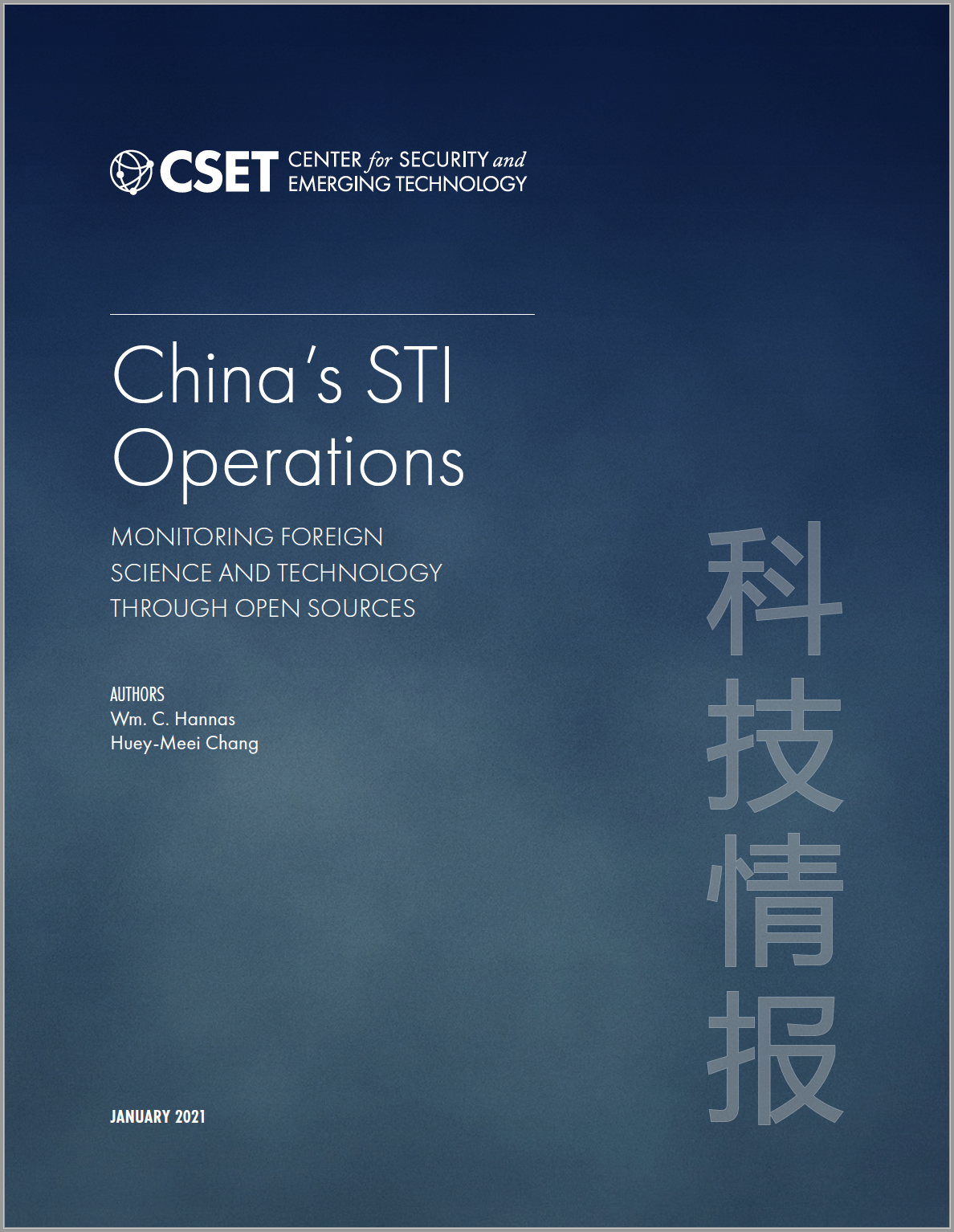Executive Summary
The United States is no longer the hegemon in worldwide research and development (R&D) and is vulnerable to technical surprise. This country’s fragmentary, secrets-based monitoring of foreign science and technology will not protect it in an era of rapid global development. Can open source intelligence lead the way?
- China and the United States hold opposing views of “open source” and its role in the intelligence process. In the United States, Open Source Intelligence (OSINT) “enables” classified reporting, while in China it is the “INT” of first resort.
- The contrast extends to “science and technology intelligence,” which has a lower priority in the U.S. system, whereas China and its top leaders personally lavish great attention on STI and rely on it for national decisions.
- Chinese monitoring through open sources of foreign science and technology (S&T) is based on statutes dating to 1958. The system supported China’s development of nuclear and other strategic weapons, and its paramount role persists today.
- While centrally directed, China’s STI apparatus is distributed and functions at all levels in separate but interlocking organizations. Some 100,000 S&T intelligence workers—open source collectors, analysts, and field operatives—make up its ranks.
- Accessible Chinese documents provide ample evidence of the system’s design and operations. An astonishing amount of thought goes into its makeup and daily execution, with a premium on metrics and “customer” interaction.
- Chinese authorities do not naturally distinguish “intelligence” from “information.” A byproduct of the language, the two ideas are a fused concept expressed by one word: qingbao. This feature may account for different attitudes toward the role of open source in the intelligence process.
- More than a dozen journals support China’s STI enterprise, as do social organizations at the national and local levels. The apparatus is staffed by experts in all relevant disciplines, attesting to its thorough professionalization.
- The roles of the Chinese system and its much smaller U.S. counterpart differ: China tracks—and transfers—foreign S&T. An effective American STI program must monitor these transfers for an accurate picture of China’s S&T profile, which in balance narrows the difference in workloads.
- We recommend creating a “National S&T Analysis Center” within the U.S. government to address its vulnerability to technical surprise. China’s success at STI is evidence that a viable monitoring system can be built and offers examples of how to do so.
